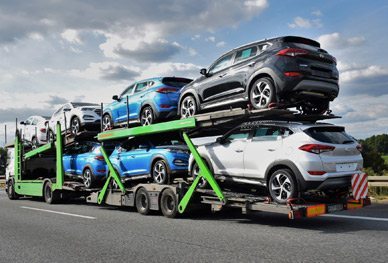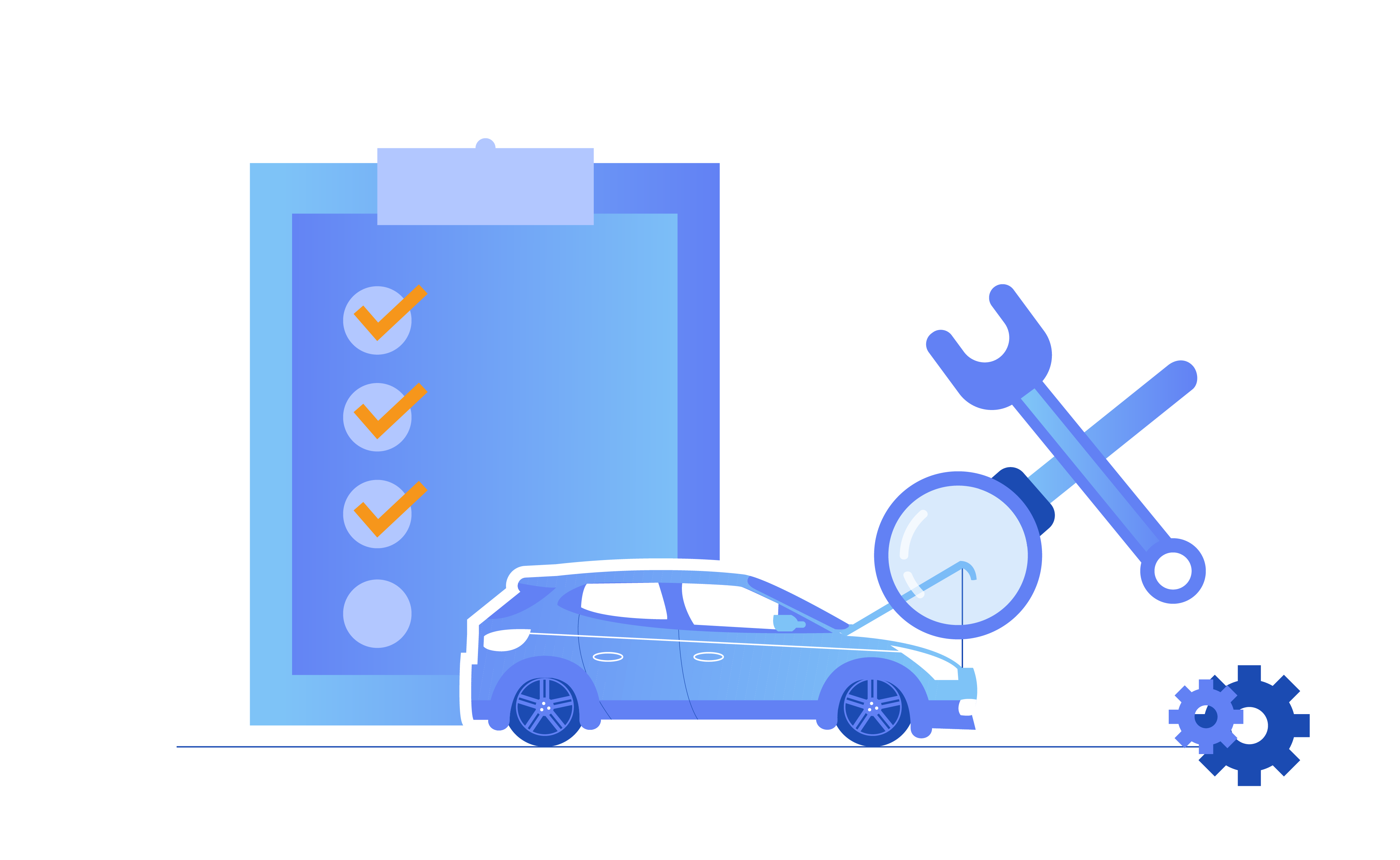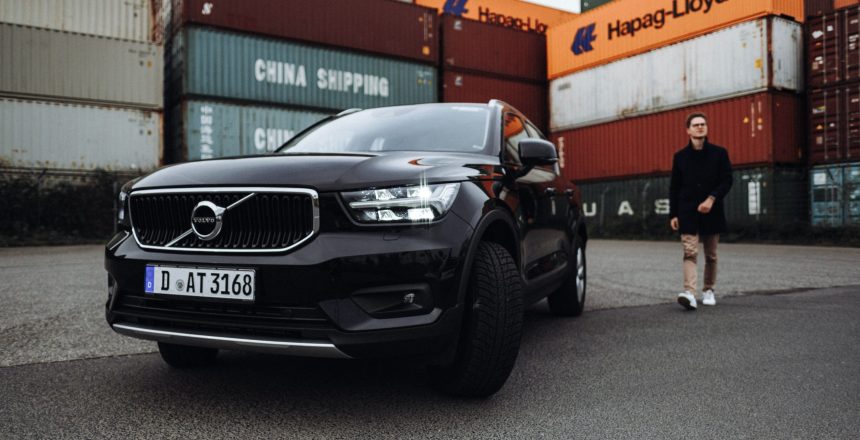In the United States, purchasing a vehicle is second in importance only to purchasing a home. People love their vehicles, which is why the auto transport industry exists for remote pickup/delivery.
But whether your vehicle is traveling near or far, there’s a lot involved in arranging transport. That’s why it’s important to make sure you understand both your needs and the complex nature of auto transport.
Fortunately, you aren’t alone in evaluating these choices. Read on to discover more about what type of auto transport will serve you best given your unique circumstances.
Table of Contents
Further Insights into Auto Transport

Though the auto transport industry produces $12 billion annually, according to IBIS, to most people, it remains elusive. However, one only needs to imagine large semi-truck-like beasts hauling multiple cars down a highway to get the picture.
The industry is constituted by a three-part relationship between the customer, broker, and carrier. Just like eBay allows users to sell or bid for products, auto transport occurs over a complex, fluctuating marketplace.
And like eBay, there is no final or guaranteed price until a bid takes place and is accepted. What’s more, the lower your offer, the longer it takes to get picked up; whereas the reverse is true.
You use a broker’s resources and know-how to introduce your transport request on their marketplace to find the best carrier. Once a carrier sees your request and wishes to provide transport, they’ll bid, and your broker reports it to you.
Then, you and your broker agent will negotiate the best price until all three parties come to a transport agreement. At this point, your agent will draft an agreement, which finally guarantees the price of your transport.
As you can tell, the process is slightly tedious, which is why you want to understand the ins and outs. But if you choose the right broker, the process becomes much smoother, and in turn, you ensure successful transport.
Choose a Broker and Carrier Offering Diverse Auto Transport Options
To reiterate, choosing the right broker is essential, as all other good factors flow from this decision. But first, you must know a bit more about the terms, “broker” and “carrier.”
Brokers are there to represent you during the process of auto transport and cover as much liability as possible. To do so, they confirm FMCSA licensure and insurance information of all carriers considered for your transport.
However, a good broker agent is responsible for more than simply crossing T’s and dotting I’s. They must negotiate price and shipping time (not delivery time, which can’t be guaranteed) in favor of everyone involved.
Your broker agent, therefore, uses their expertise to secure the best deal. So, even though brokers charge a fee, they save money and time in the end by delivering the best option.
Now, a carrier is something entirely different than a broker; but they are equally integral. A carrier is essentially the driver, vehicle, and respective company, all in one.
The carrier usually hauls multiple vehicles simultaneously upon a specific route, which is why the road is their primary focus. But even still, they will contact you throughout the transport process to provide updates about scheduled loading/unloading at your destination.
Ultimately, a driver is entrusted with the final responsibility of ensuring your vehicle is properly prepared for loading/unloading before driving. Together, both you and they must inspect and sign off on the vehicle, a critical component of the process.
Consider Cost and Insurance to Determine the Right Auto Transport Type for Your Needs

One of the first steps in your auto transport journey is to chip away at the expected cost of transport. This occurs in the form of receiving a quote from one of your broker’s representatives online or by telephone.
Understand that the quote doesn’t guarantee a price – as mentioned above, only paying a deposit and signing an agreement does. However, the quote still matters, as it affects the bidding and provides an idea of some basic economic realities involved.
Quotes affect the bidding and, as a result, the scheduled transport because lower quotes don’t get prioritized by bidding carriers. However, worth mentioning is if you can be patient and/or plan accordingly, you can save money with a lower quote.
The quote also includes the deposit price, which is due upon signing the terms for transport with your broker agent. The good thing is that paying the deposit goes towards the final price, which is also guesstimated in the quote.
Remember nothing’s due until you sign the agreement and pay the deposit, as this ensures the carrier is en route. The remaining balance is only due upon the loading or unloading, which is to be collected by your carrier.
But that final price is ultimately determined by unstable variables of time and distance, in addition to shipping/delivery methods. Still, your broker ought to be able to provide a simple cost breakdown in addition to reasonable payment options.
What’s more the quote you receive from the outset will also cover an insurance fee, necessary for overall liability. In the event a vehicle is damaged, this insurance fee will play a vital role in picking up the pieces.
Thus, it is highly recommended you keep a copy of every document involved in transport for insurance reasons and contingencies. Moreover, you should check with your personal auto insurance company to inquire if they cover auto transport accidents beforehand.
Finally, you should always investigate your carrier’s insurance policies, because each one’s coverage varies depending on their vehicle. By accepting a carrier, you accept their terms of insurance, and it’s important you feel you’re in the driver’s seat.
Choose the Right Shipping Method for Transporting Your Vehicle

One of the most important choices you can make after choosing a broker and a carrier is the shipping method. And there are three shipping methods prevalent in the auto transport industry to choose from: open, enclosed, and flatbed.
Open auto transport is the most common method and, as a result, most quotes will assume this method of transport. Open auto transport don’t have roofs or siding, which isn’t ideal for expensive cars; still, they are incredibly common transport options.
Open auto transport carriers vary in size; however, most open transports carry 7-10 cars and generally ship out in 3-5 days. Open auto transport is the most cost-effective method, as the bill is essentially split between more customers.
Enclosed auto transport is the second shipping method available, though not readily, and is widely recommended for expensive vehicles, almost exclusively. Enclosed auto transports are enclosed for further protection against the elements, unlike open or flatbed carriers, ideal for expensive vehicles.
Because of the smaller base and lesser demand, enclosed auto transports are harder to come by and arrange for customers. This, in turn, makes them more expensive – 30% to 56% more so – than open shipping carriers.
Flatbed auto transport is the final and least-used shipping option; it is also the most expensive because they haul fewer vehicles. That’s because these vehicles are incredibly heavy and cannot fit into an open carrier; even still, cost varies, weight/size/condition depending.
Flatbed auto transports are harder to quote due to all the factors involved, so thorough communication with a representative is recommended. It also takes longer to arrange transport, so you should plan accordingly as much as possible.
Choose the Best Delivery Method When Choosing Which Type of Auto Transport to Use
Choosing the appropriate delivery option is essential to ensure your vehicle arrives in a way conducive to your needs. There are two main delivery options to choose from: door-to-door and terminal-to-terminal – however, a third hybrid option is sometimes offered.
Door-to-door is the most common delivery method, and like open transport, it’s defaulted to most quotes. With this method, the carrier loads and unloads the vehicle at your chosen destinations, ideal for most customers and drivers.
Door-to-door is also the most cost and time-effective delivery option, as it can be executed on a straightforward route. Still, some destinations with narrow roads are inaccessible for bulky carriers, necessitating further coordination between carrier and customer when applicable.
Compared to door-to-door, terminal-to-terminal costs more and takes longer because terminals aren’t often readily available, except for in big cities. With terminal-to-terminal, you leave your vehicle at an agreed-upon terminal for transport to another chosen terminal, closest to your destination.
Terminal-to-terminal is recommended for customers unable to coordinate, indifferent to potential elemental damage, and capable of waiting to drive again. If you meet those criteria, this delivery option saves time and expenses for carriers, as they combine shipments for delivery.
The third hybrid option (door-to-terminal or terminal-to-door) mentioned above is harder to find amongst brokers, but when available, it’s appealing. This is especially true for customers who can only be present for part of the process, so ask if necessary.
Car Shipping Can be Different for Each Auto Transport Company

Once you’ve arranged for your vehicle to be transported, you must properly prepare it for loading up on your arranged carrier. Your agent should inform you of these details, but you must understand what’s expected of you beforehand.
Remove all personal belongings from your vehicle, including digital accessories, luggage containers, equipment racks, and any modifications. Additionally, note mileage and condition, including any external damage, upon the Bill of Lading before loading your vehicle for transport.
Furthermore, disconnect your vehicle’s alarm system and provide both the remote and a copy of your key to your driver. If your car is disabled or inoperable, you must disclose this immediately to your agent before any further action occurs.
Moreover, you must ensure your tires are inflated, your brakes and steering are fully operational, and your windows are unblocked. Worth noting is no firearms, ammo, or fire extinguishers may be left in the vehicle during transport, for safety reasons.
If you wish to pack your vehicle for transport, you must limit belongings to the trunk and respect weight limits. Exceeding a weight limit can cause increased charges or even a rejected shipment, so stay within 50 lbs when packing.
However, items considered integral to the vehicle, like spare tires or car seats, or jacks may be included. As an aside, keep only ¼ tank of gas for transport, as any more can cause unnecessary weight.
Following each of these procedures is vital to ensure shipping occurs smoothly and your transport needs are met. To do so, give yourself plenty of time to prepare your vehicle for shipping.
Consider Delivery Dates When Choosing an Auto Transport Company
Brokers and carriers cannot guarantee fixed delivery dates and times on how long your car will be shipped, as per the nature of the slightly unpredictable transport industry. Please understand that delivery times can vary depending on distance and weather, but generally, carriers arrive promptly.
Still, you will stay informed by your carrier as to when arrival can be reasonably expected. Generally, it takes a few days for every 500 miles traveled.
It’s also important to note the delivery process is an involved procedure in which an important inspection must occur. Both you and the driver, upon delivery, must inspect the vehicle and fill out the Bill of Lading.
The inspection is necessary to determine if any damages to your vehicle have occurred during the transport process. Inspections don’t take very long – ten minutes, usually; however, they require serious attention and effort.
Compare your vehicle’s mileage upon delivery to pre-shipment mileage located on the BoL and note any issues thoroughly. Both you and the driver must sign this document and receive a copy for the process to be final.
Any damage covered by the driver’s insurance should be marked and signed off accordingly; then ask where to file the claim. If your BoL isn’t signed by both of you, all claims will be rejected.
After the inspection, pay the remainder of your bill, even if you faced problems such as vehicle damage. Your broker will have to take it from there, so contact them immediately.
Final Thoughts for Determining the Best Auto Transport for Your Needs

Transporting your vehicle remotely is made even easier by understanding the options in accordance with your needs. A good broker and carrier are essential too, so make sure to do your research before making the decision.
But if you understand the stakes, you’ll have fewer problems. So take your time and enjoy the convenience of remote transportation!






